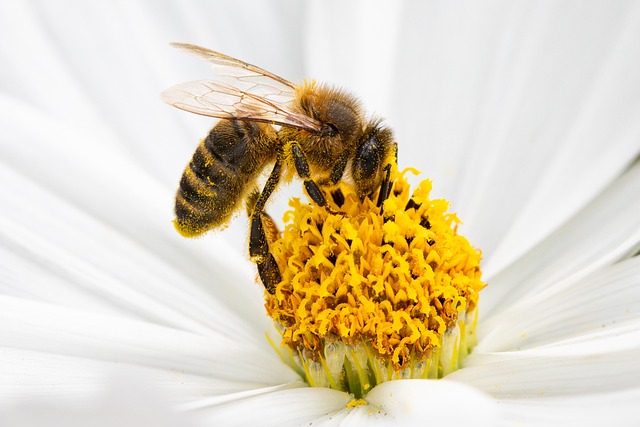It often happens like this: just when you think you have mastered the art of parenting, you receive a phone call from your child’s school, notifying you that they have lice. And if you’re particularly unlucky, this news comes during an important board meeting while you’re on speakerphone.
The mere mention of lice can induce anxiety and discomfort. However, it’s essential to recognize that experiencing head lice is a common childhood occurrence, especially among kids aged 5 to 12. This is primarily due to their playful interactions—frequent touching, roughhousing, and sharing clothes and secrets—which make environments like schools, daycare centers, and camps hotspots for lice transmission.
So, lice have made an unwelcome appearance. What should you do?
First, don’t panic or feel ashamed. Lice infestations are not a reflection of poor hygiene; in fact, these parasites prefer clean, healthy hair. Remember, your child looks to you for emotional cues, so maintaining a calm demeanor is crucial. This situation is manageable!
Begin by confirming whether lice are indeed present. Misdiagnosis can occur during outbreaks. Use a magnifying glass and a flashlight (the flashlight feature on your smartphone works well) to inspect your child’s scalp. Check for signs of irritation around areas such as the ears, crown, and back of the neck. Since lice tend to avoid light, you might have better luck spotting nits (lice eggs), which appear teardrop-shaped, roughly the size of a grain of sugar, and have a shiny, pearlescent appearance. Remember, nits cling tightly to the hair shaft and won’t easily dislodge, unlike dandruff or dried product. If you suspect you’ve found a nit, run your finger over it; it should feel hard and immobile.
Now that you’ve confirmed the presence of lice, what’s next? The most effective treatment involves the traditional method of using a specialized lice comb along with conditioner to manually remove both lice and nits. This method is the least harmful compared to other options. Alternatively, there are businesses that specialize in lice removal services, which, while potentially costly, often come with guarantees.
You can also explore home remedies such as smothering the hair with olive oil, mayonnaise, or Vaseline. Over-the-counter and prescription treatments like Rid or Nix are available as shampoos, creams, or lotions, but results may vary. Always consult your pediatrician to determine the best approach based on your child’s age and skin sensitivity.
Once you’ve successfully eliminated the lice, you must diligently remove all nits using a fine-toothed lice comb, which can typically be found at your local pharmacy. Keep in mind that lice can survive on a person’s scalp for up to 30 days and can linger in the environment for 48 hours. To contain the infestation, wash all bedding, towels, clothing, and beloved stuffed animals in hot water and dry them on high heat. Soak combs and brushes in water heated to at least 130°F for 5-10 minutes. Vacuum carpets and play areas thoroughly. Items that cannot be washed can be sealed in a plastic bag for two weeks.
Once lice have been eradicated, consider these preventative measures to help avoid future infestations:
- Reduce how often you wash your child’s hair, as natural oils can make it harder for lice to attach.
- Use tea tree oil-based shampoos and sprays, which are safe for children and can be used regularly.
- Educate your kids about the importance of not sharing hats, scarves, brushes, or hair accessories with friends.
- Regularly clean items that frequently come into contact with your child’s head, such as pillows and car seats.
After tackling lice and implementing preventive measures, celebrate your teamwork with your child! You handled the situation with grace, proving that lice really aren’t a huge deal. Now, you can reward yourself with a well-deserved glass of wine while browsing for shoes online at Zappos.
For further reading on topics related to home insemination, check out our post about the at-home insemination kit. If you’re looking for additional insights, Cryobaby’s at-home insemination kit is a great resource. For more comprehensive information on pregnancy and insemination, the NHS offers valuable guidance.
Summary
Addressing head lice can be a daunting experience for parents, but it’s crucial to approach the situation calmly. By confirming the presence of lice, employing effective treatment methods, and taking preventive measures, you can manage and eliminate lice without losing your dignity. Remember, it’s a common childhood issue, and with the right strategies, you can navigate through it successfully.
Keyphrase: head lice treatment
Tags: [“home insemination kit”, “home insemination syringe”, “self insemination”]
